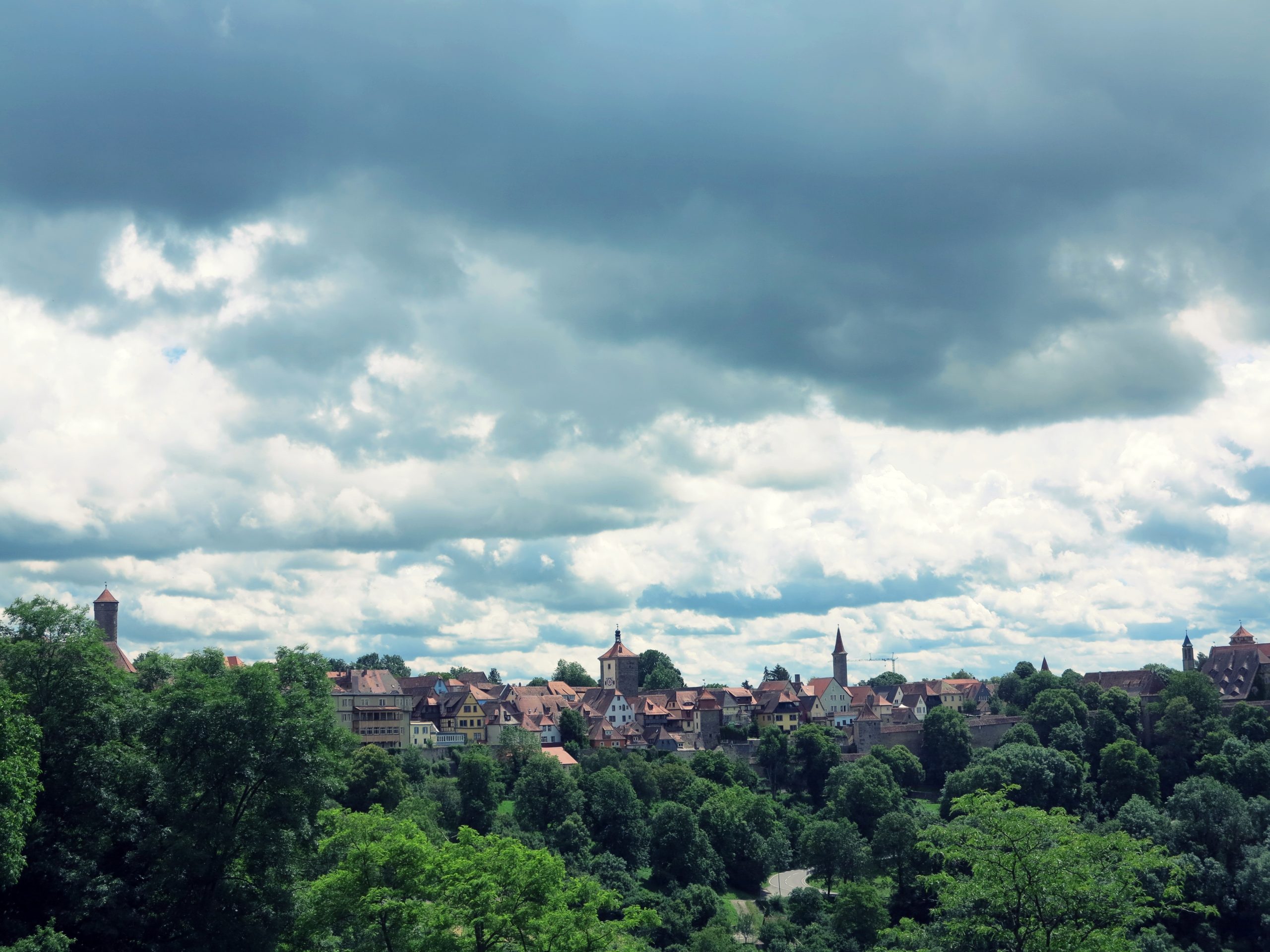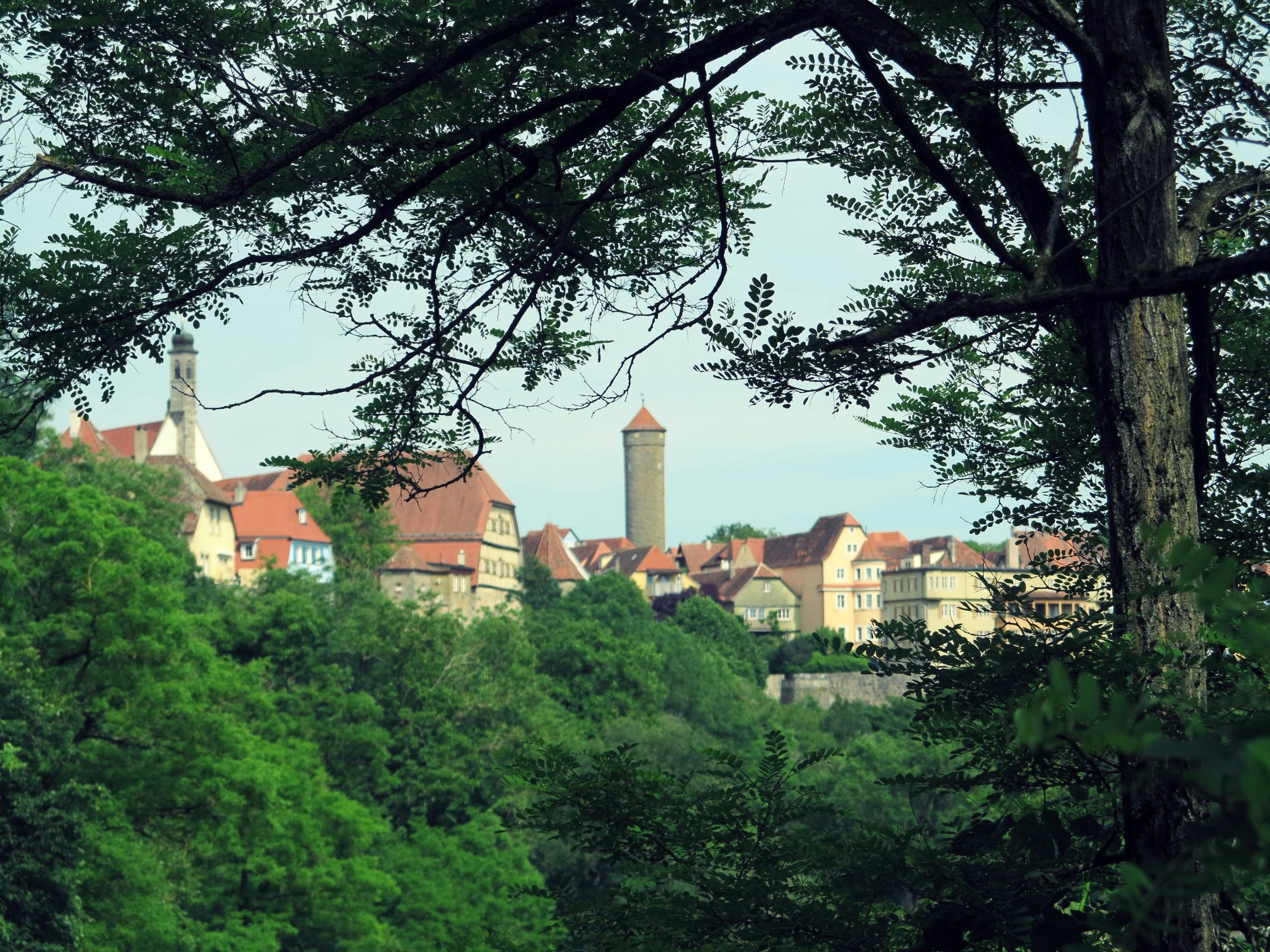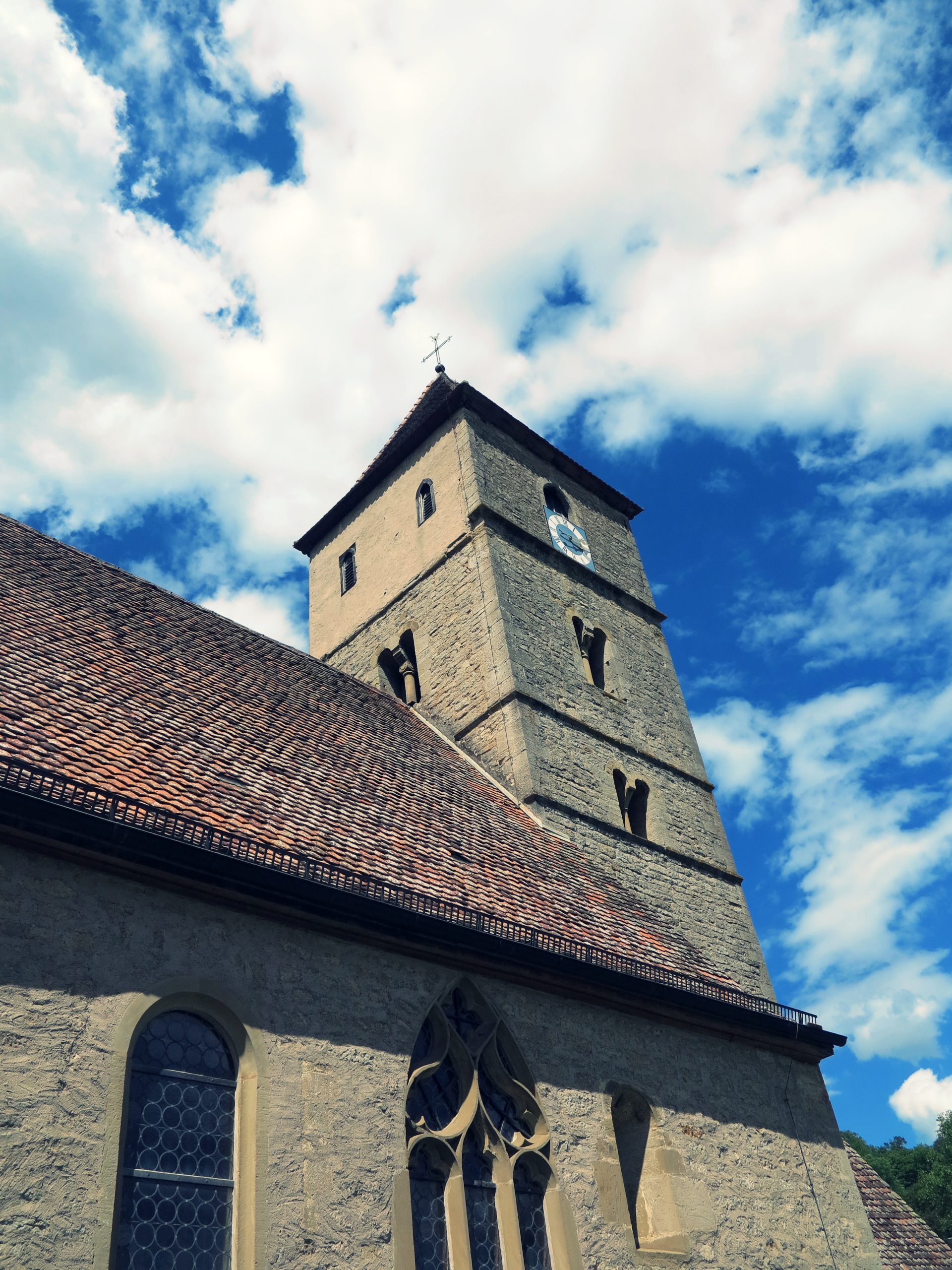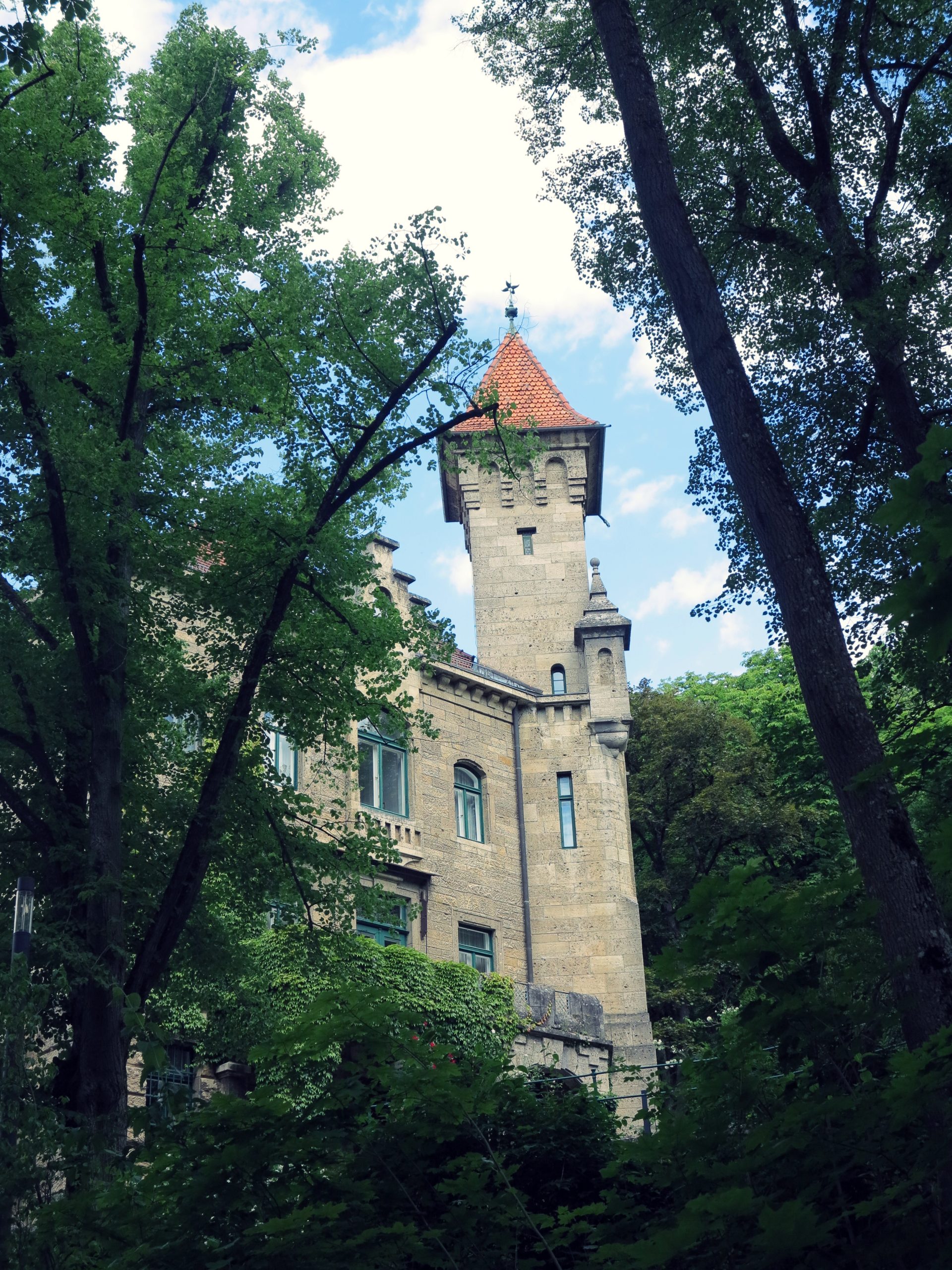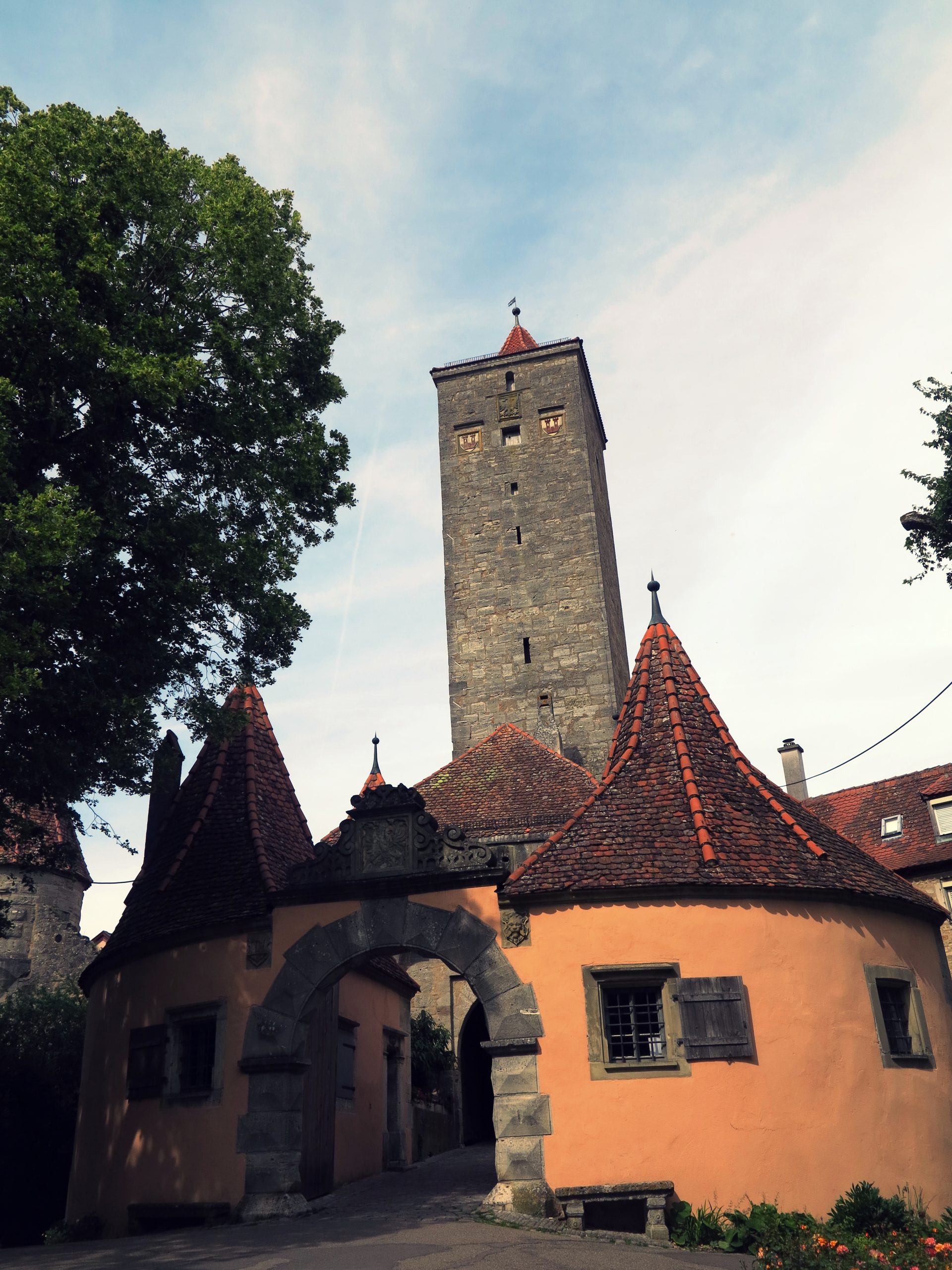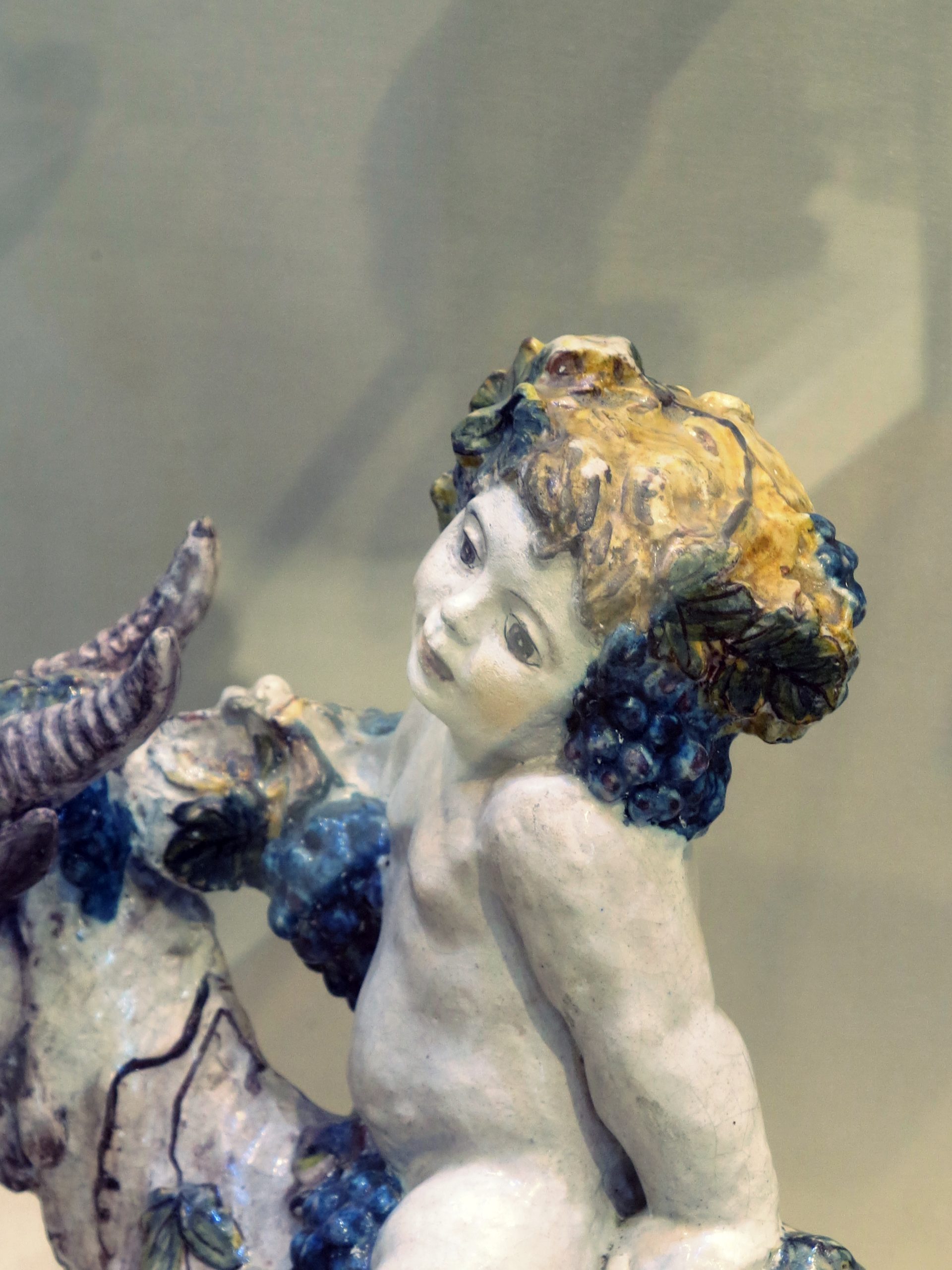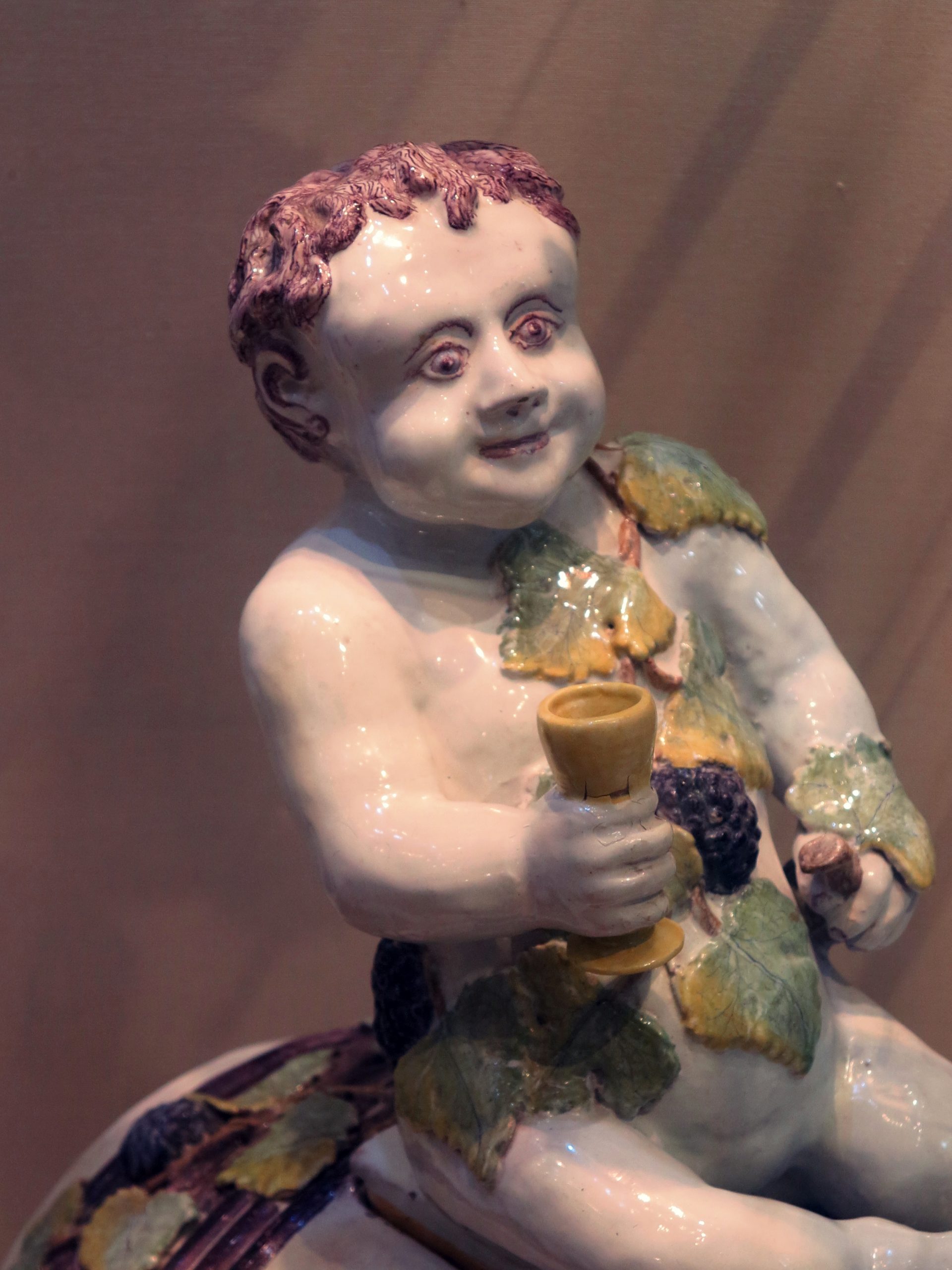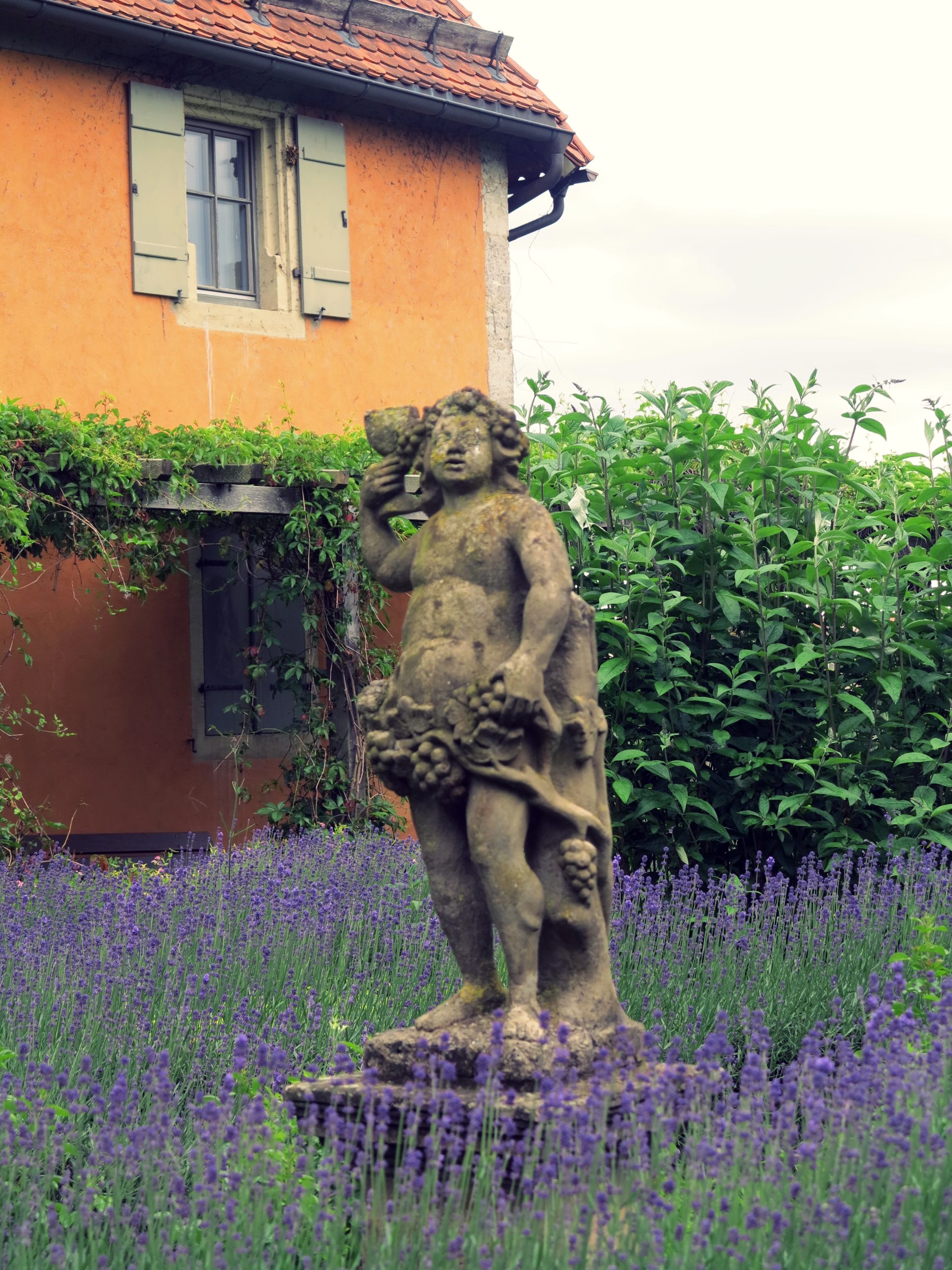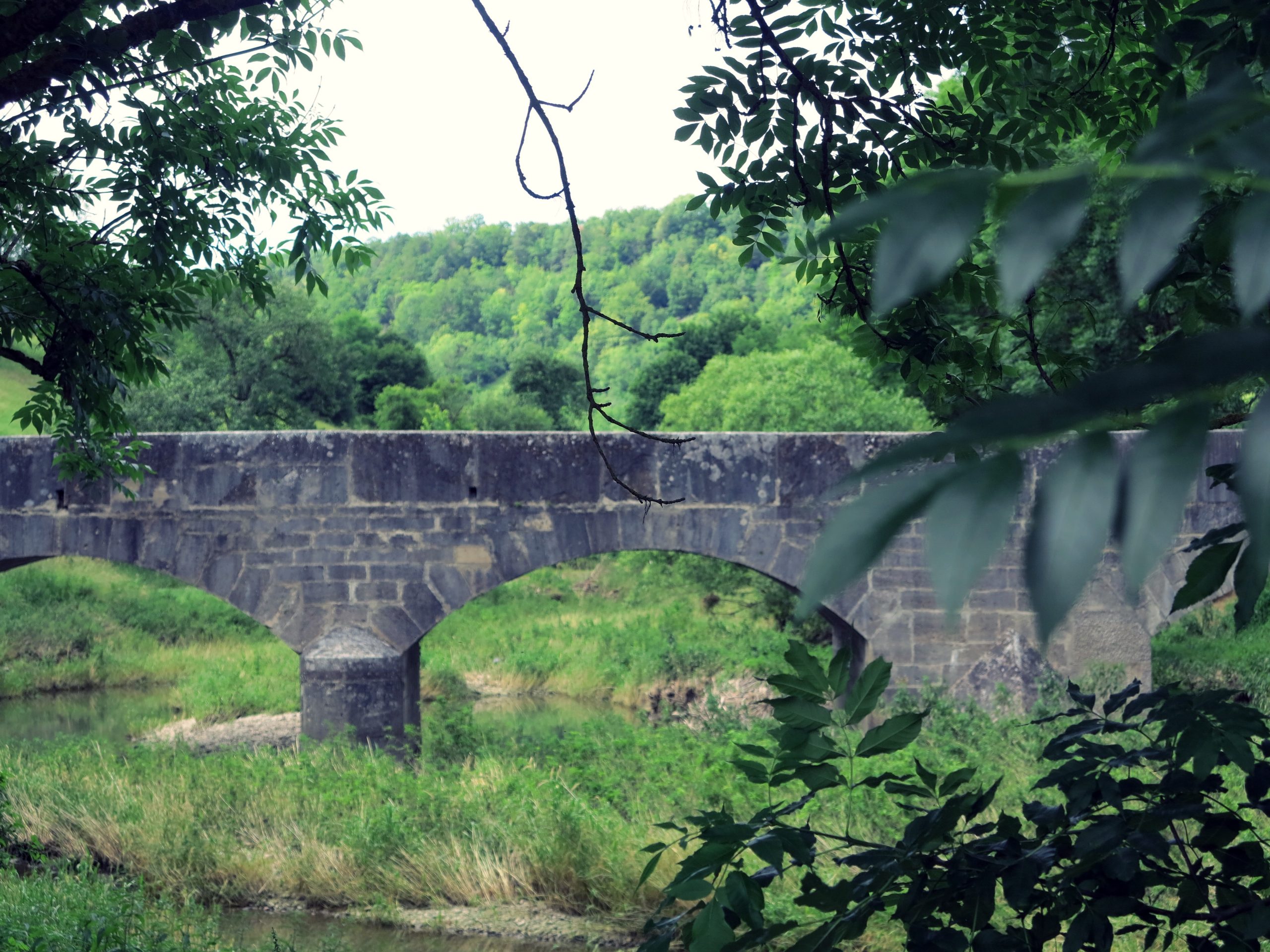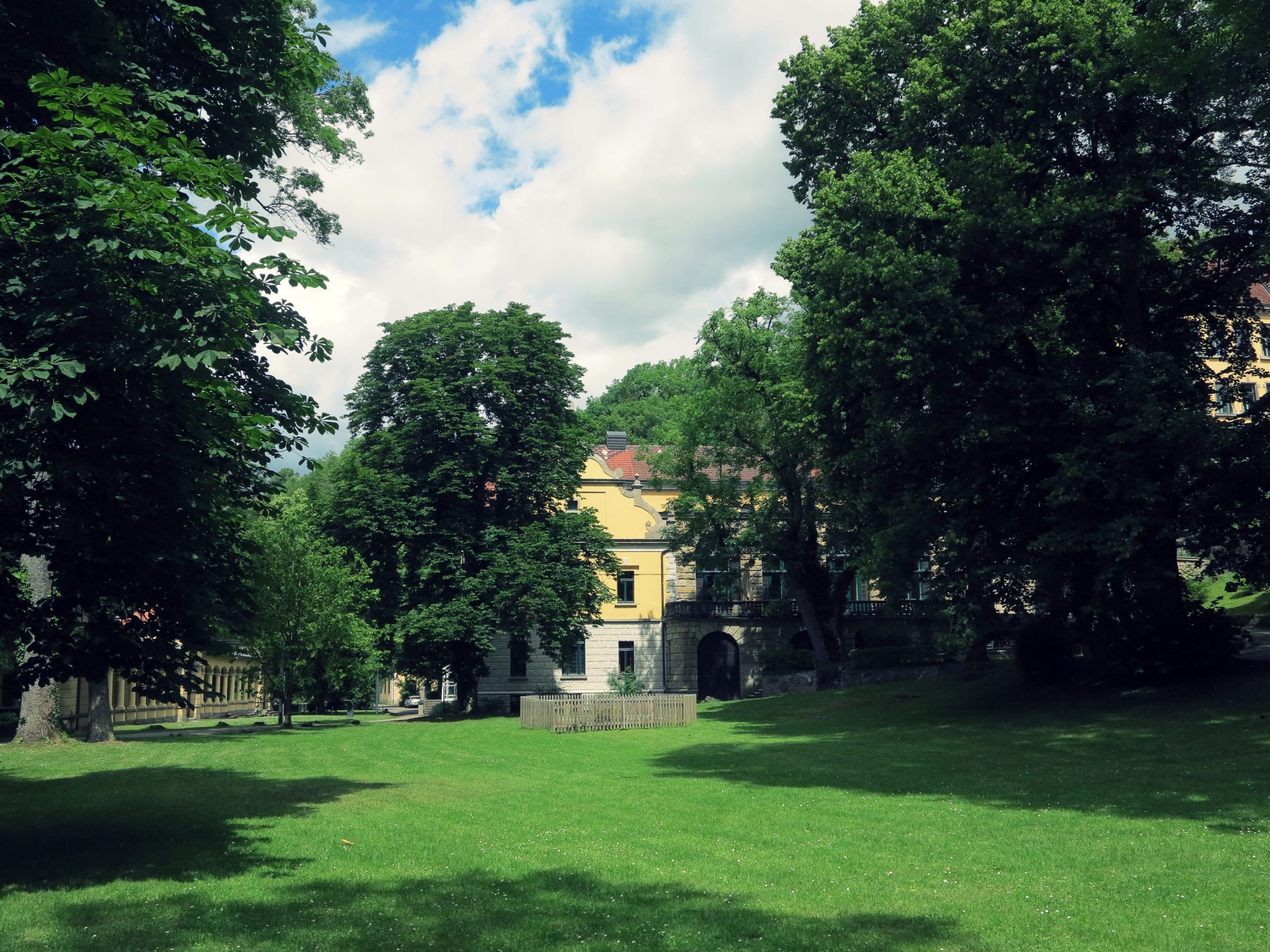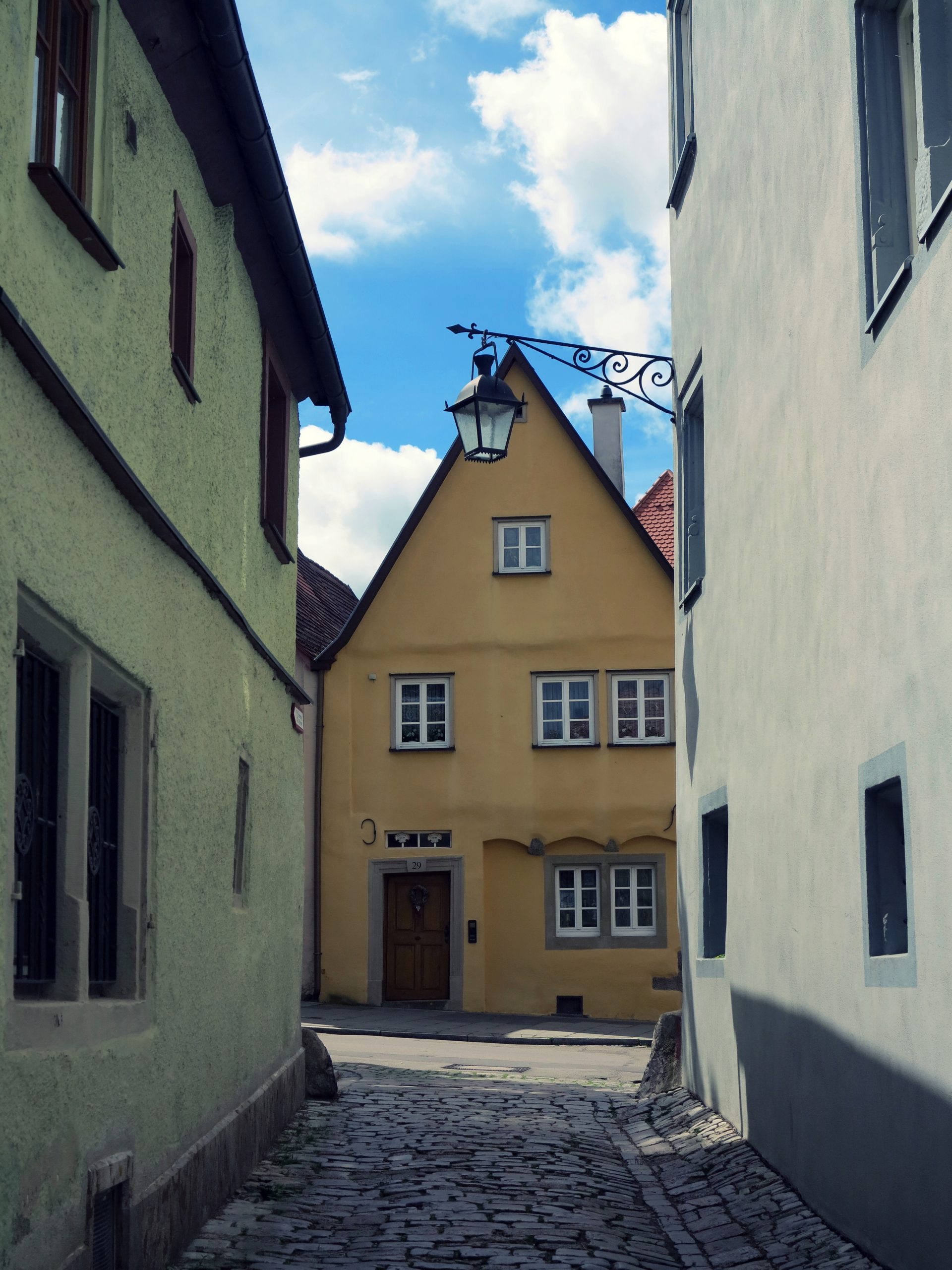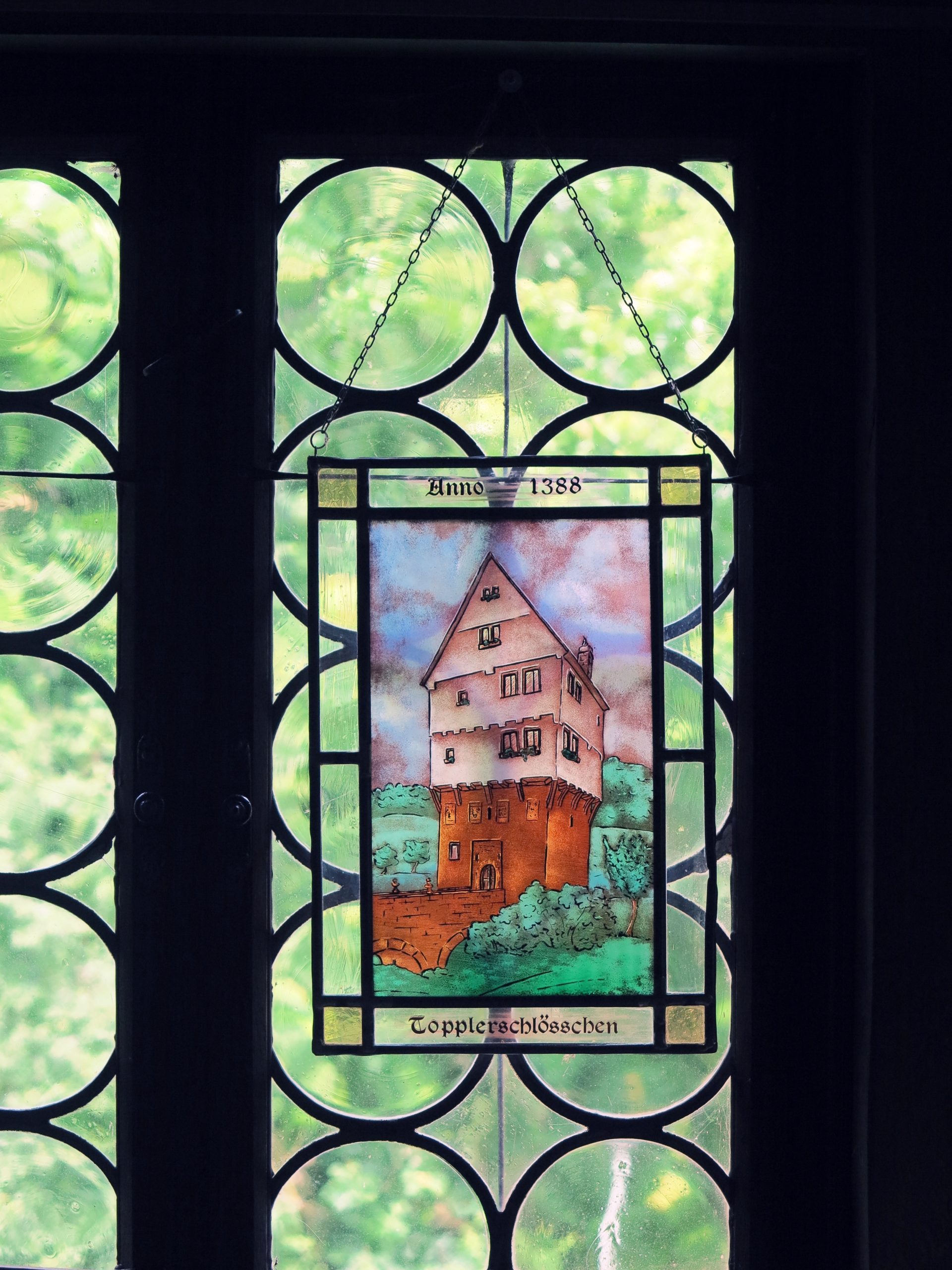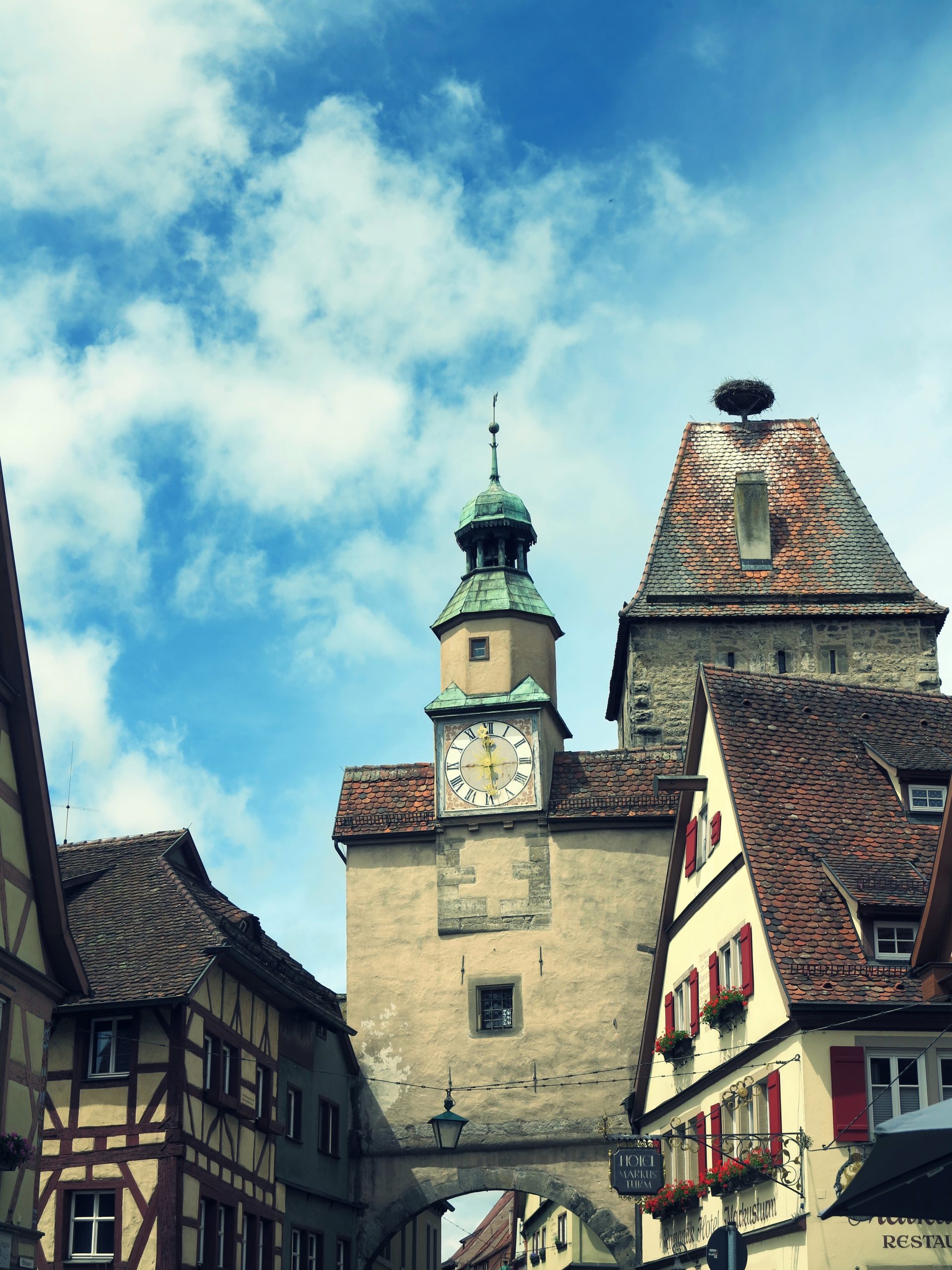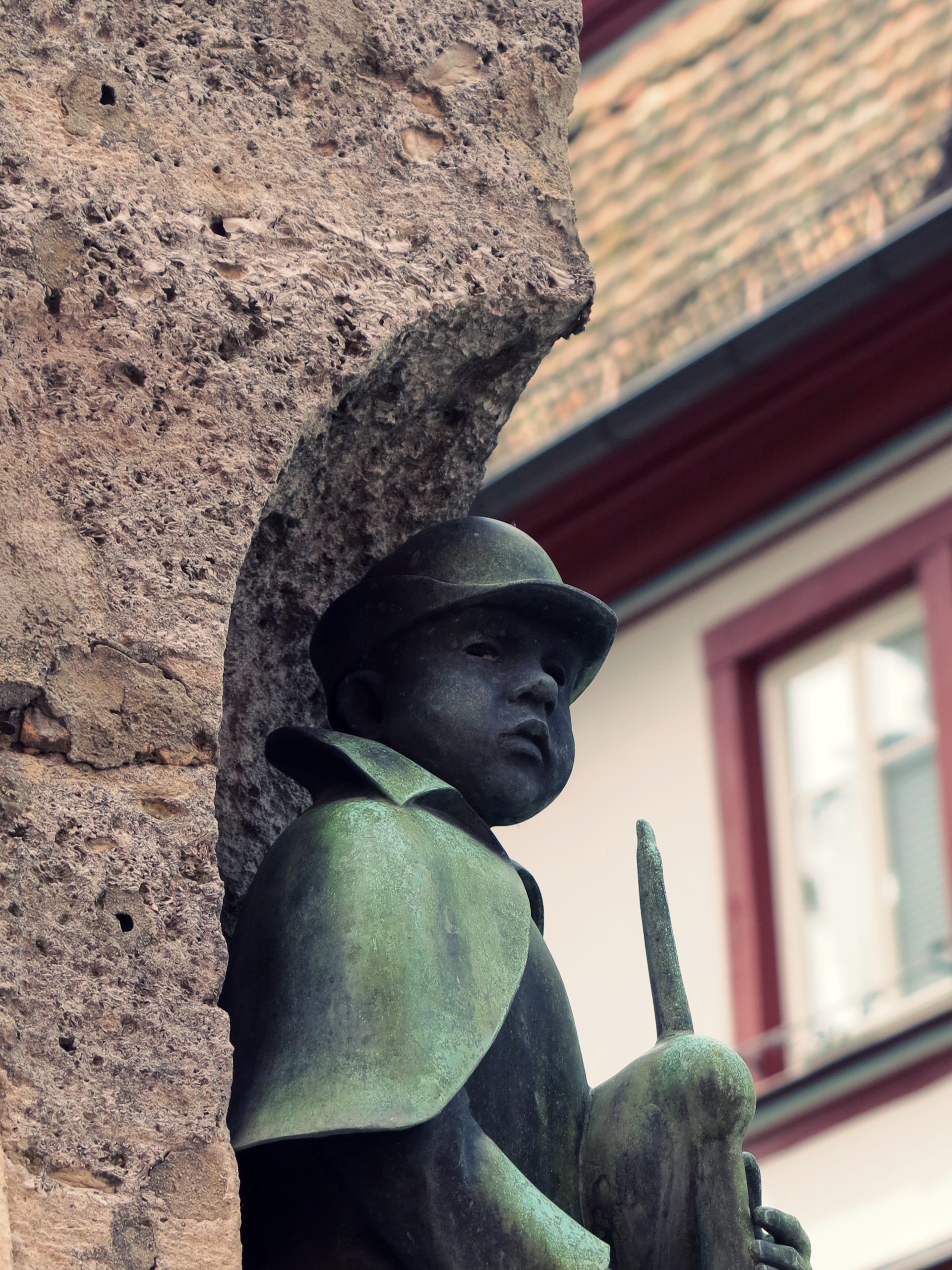What is Rothenburg? The facts: The former Free Imperial City, which has belonged to the Electorate of Bavaria since 1802 and is now Middle Franconia, is an international tourist magnet with its just 11,000 inhabitants. But in the low season or later in the evening, the old town is by no means overcrowded. If you come to Rothenburg ob der Tauber, you will find a whole variety of art-historically significant treasures in the maze of small alleys and alleys. In 2024, the appointment as a free imperial city 750 years ago will be celebrated with many events. This self-confidence of bourgeois urban culture is still very present.
You should definitely climb the town hall tower, which is not so easy because of the narrowness the higher you get. But once you have made it, you will be rewarded: The view of the medieval old town with its roofscape, the many hidden gardens and the approximately five-kilometre-long, largely accessible city wall with its 42 towers is truly breathtaking in these dimensions.
Once upon a time, the peasant leader Florian Geyer read out the articles of the rebellious peasants in Rothenburg. And here the night watchman still leads through the picturesque alleys. We follow him, this curious night watchman actor with a mischievous streak, who tells us about the history of the city: You look at dark towers and battlements and learn a lot about gutter and plague. Now it has become quiet. Now the city has been transformed into a pure Spitzweg idyll. After the tour, you might have a twilight drink, for example in the wine bar “Löchle” or in the wine bar “Zum Pulverer”, then you go to bed, righteously tired. One dreams between these walls, between the bastions and outworks, the old dream of the Middle Ages. You are here in another time, as Horst Krüger wrote in one of his travel texts: “It is an ancient magic, a dream rises, dark and beautiful. Another era begins, the time of guilds and knights. When was that?”
After the Thirty Years’ War, Rothenburg fell into a long slumber. There was a lack of money to modernize the city. It was not until the late 19th century that the medieval town with its intact old town and the preserved city fortifications was rediscovered by the Romantics. Painters came in droves to immortalize the city motifs, among them Ludwig Richter and Carl Spitzweg, and later also Wassily Kandinsky. And the writers also came: Heinrich Riehl, Leonhard Frank, Eduard Mörike and Erich Maria Remarque. This made the almost forgotten place world-famous.
Today, Rothenburg presents itself as a city of architecture, but also of classical music. The large Rieger organ of the Gothic main church of St. Jakob will host world-class soloists. This church is also famous above all for the Holy Blood Age by Tilman Riemenschneider, built between 1499 and 1505. The artist wants to depict something here that can hardly be understood from today’s point of view: the mystery of the Eucharist.
There are also important museums here, such as the Medieval Crime Museum as the most important museum of legal studies and legal history in Germany. Caution: Some of the rooms depict cruelty suddenly. The history of criminal law is illuminated, the brutal witch hunt. It is a museum of human inhumanity, as Hans Dieter Schmidt wrote, a “panorama of the spawns of human punishment fantasies”.
In the “RothenburgMuseum” in a former monastery building, the history of the city can be experienced, from the early Middle Ages to the present day. The work of Flensburg artist Elise Mahler, who settled in Rothenburg in 1895, can be seen until December 31, 2024. Together with Maria Ressel from Vienna, she founded a painting school for women in the hospital preparation house, which soon became very popular. Ridiculed by their male colleagues, denigrated as “painters”, the two artists nevertheless prevailed. The exhibition, which Mahler organized on the occasion of her 100th birthday. The year of his death is a reminder of an important position in Rothenburg’s art history. The show “The Weapons of an Imperial City” will also be presented until the end of 2025: historical weapons from the Baumann Collection can be seen in a new presentation in the dormitory.
Just a few streets away, the private graphic museum is located in the Dürerhaus at Georgengasse 15. Master graphics from Albrecht Dürer to the present day are presented there. Original etchings that the artist Ingo Domdey has collected over many years: works from five centuries with a focus on modern art such as those by Karin Kneffel, Alfred Hrdlicka, Horst Janssen or Gerhard Richter.
It is also picturesque down below, in the Tauber Valley, where you can take up residence in the idyllically located guesthouse “Fuchsmühle” right next to the Toppler Castle, the late medieval summer residential tower of Rothenburg’s mayor Heinrich Toppler. Toppler was mayor of the free imperial city from 1373 to 1407. In 1408 he was arrested as an alleged high traitor. He died in the town hall dungeon. The castle can be visited today at the weekend with a guided tour. It is a 15-minute rather steep walk from here up to the old town of Rothenburg. But let’s stay down here in the valley for now. We visit the Wildbad.
The Wildbad Rothenburg, a Protestant day care center, is currently showing the show “inderSchwebe” by the artist Brigitte Schwacke. Unfortunately, this exhibition will be one of the last in the former spa hotel of the 19th century, whose picturesque arcade is located directly on the Tauber. Because the regional church council has decided to close the Wildbad Rothenburg soon and to exploit the property. The church has to save: From 2026, there will be no more funds available for the house.
So it’s all the nicer to admire the work here, in such a special place, once again. Whether sculpture or three-dimensional drawing, object or installation, the transitions are always fluid in Schwacke’s work. The old spa hotel with its labyrinthine corridors, its park and the many works of art that the artists of the “art.residency wildbad” have left behind since 2017: all this exerts a very special charm. To preserve this ensemble, however, would be of great importance.
In the evening, it’s back upstairs. We stroll through the quiet castle garden at the end of Herrengasse, which lies on a narrow mountain outcrop above the Tauber Valley. The views from there to the backdrop of the city are breathtaking. From here we can also see the vineyards at our feet and the Kobolzell pilgrimage church in front of the double-arch bridge. We are wonderfully hungry. You can dine excellently in some old, very traditional inns. We stop at the “Glocke”, which was documented as early as 1227. Today, you can eat here in a cosy, historic atmosphere in a cultivated Franconian style – the selection of local wines is particularly impressive. Rothenburg is a dream, even if so much has already been written about it. We will definitely go back here soon. To Rothenburg, to the lovely Tauber Valley.
A travelogue by Marc Peschke.
Editor’s Choice
You can find another travel report by Marc Peschke on go-sixt.com!

